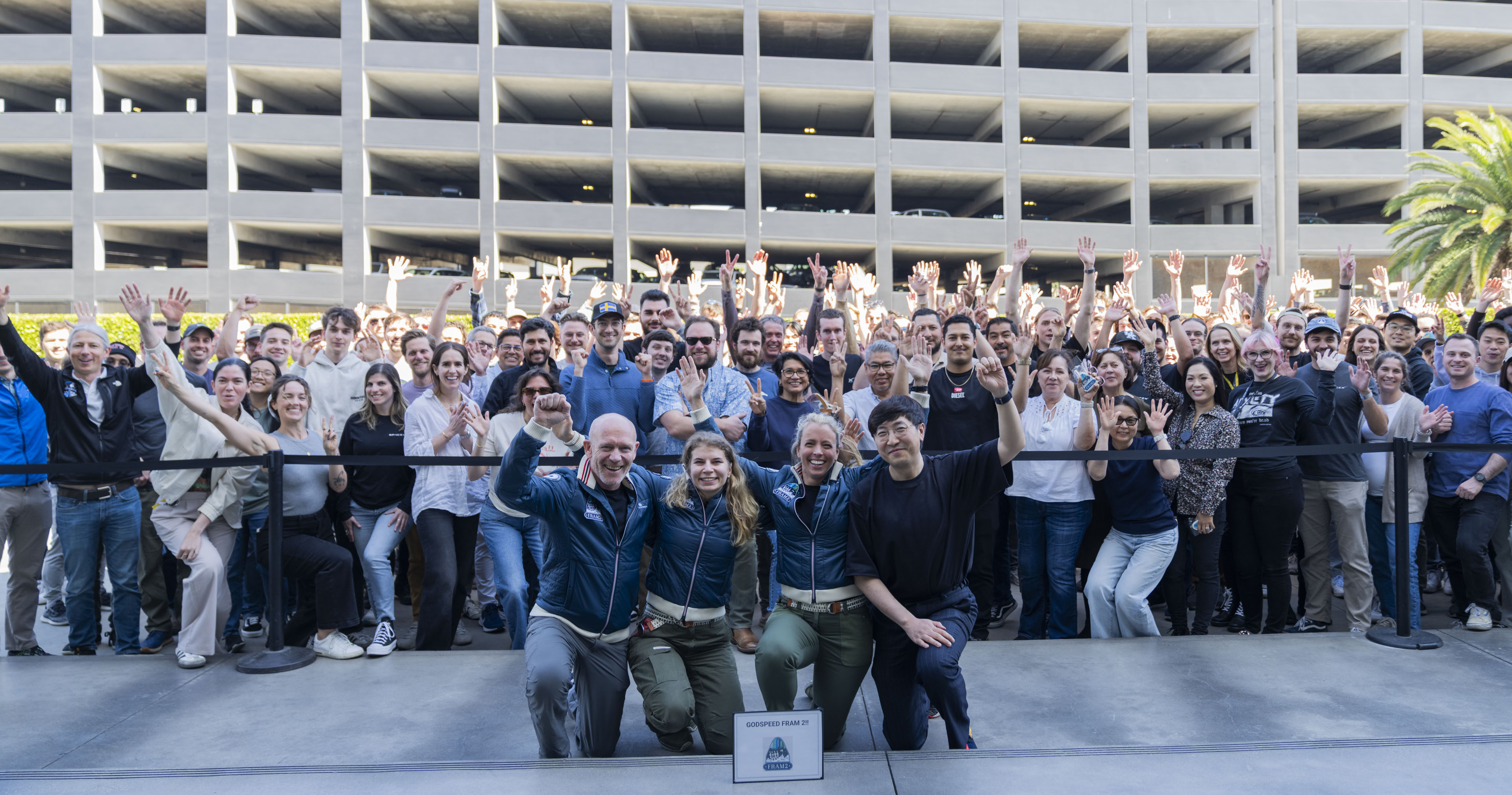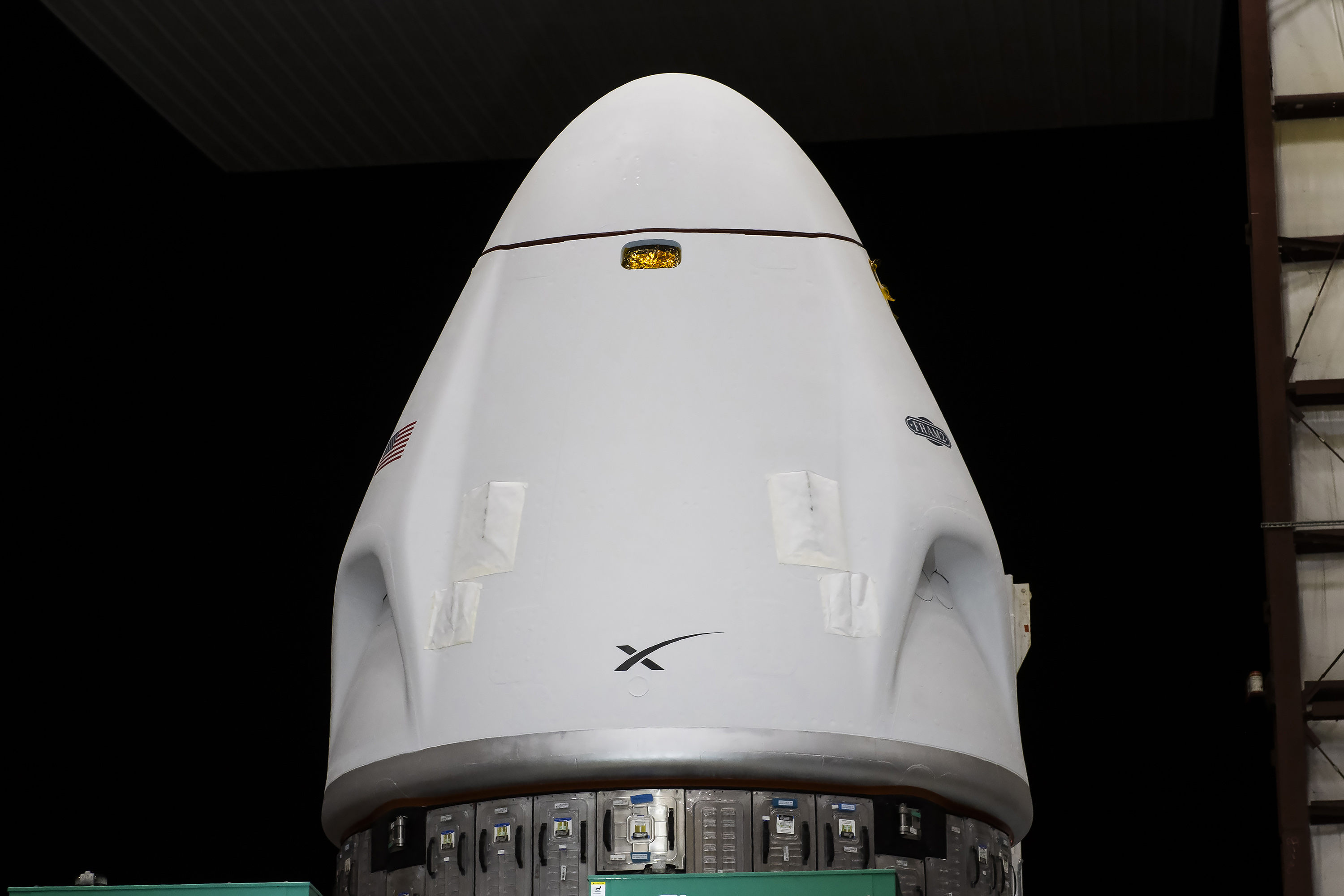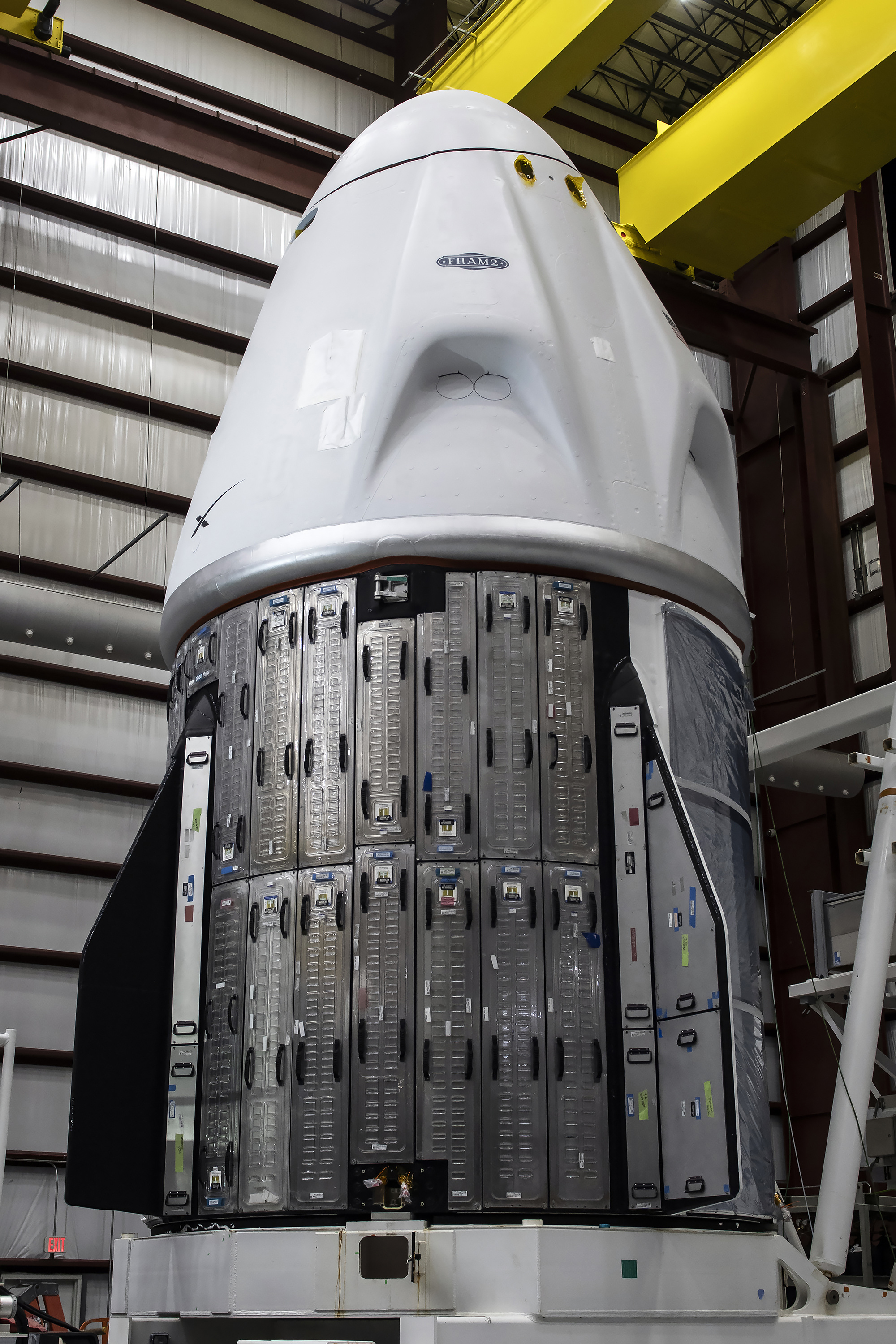
SpaceX's mission to launch the first astronauts into polar orbit is quickly approaching.
Named for the Norwegian seafaring ship Fram, which completed expeditions of the Arctic and Antarctic regions between 1893 and 1912, Fram2 will ferry a crew of four into a 90-degree orbit that will fly them over Earth's North and South Poles. The private crew will be the first to fly in space in such a steep orbital inclination, and will have the opportunity to study the planet's most remote regions from a completely novel perspective.
SpaceX announced the Fram2mission and its crew last summer, introducing Maltese entrepreneur Chun Wang as the mission commander. Wang is joined by vehicle commander Jannicke Mikkelsen of Norway, Australia's Eric Philips, serving as vehicle pilot and Germany's Rabea Rogge as the crew's mission specialist. All four are spaceflight rookies.
A Falcon 9 rocket will launch the Fram2 crew aboard SpaceX's Crew Dragon Resilience no earlier than March 31, the company said in online post over the weekend, indicating the mission's crew had completed training at SpaceX's facilities in Hawthorne, California.
In the same post, SpaceX also announced Resilience's arrival to the company's Launch Complex-39A (LC-39A) hangar, at NASA's Kennedy Space Center, in Florida. There, the spacecraft will be mated to its Falcon 9 booster ahead of next Monday's launch. Fram2 will be SpaceX's seventh private astronaut mission, and the fourth launch of Resilience.
The Fram2 crew completed training this week in California, and early this morning, the Dragon supporting their mission arrived at the hangar at pad 39A in Florida ahead of liftoff next Monday, March 31 pic.twitter.com/yDt8ihYqHIMarch 22, 2025




The Resilience spacecraft has so far been responsible for supporting crews on both Polaris Dawn missions, as well as NASA's Crew-1 mission to the ISS in 2020.
The mission follows a steady pace of privately crewed flights for SpaceX, including two launches for Jared Isaacman's Polaris Program, which launched the Inspiration4 and Polaris Dawn missions in September 2021 and September 2024, respectively, and three flights for Axiom Space to the International Space Station (ISS) since 2022.
Like on Inspiration4, Resilience will fly with a cupola window attached to its forward hatch to allow the crew a full 360-degree perspective for viewing the Earth from its polar orbit. During Fram2's three-to-five-day mission, Resilience will fly between 249 and 264 miles (425 and 450 kilometers) in altitude as its astronauts onboard conduct a series of research experiments.
In addition to their polar region observations, Fram2 will participate in studies investigating the effects of microgravity on the human body, which will include the first-ever X-ray image of a human in space. They will also study a phenomenon similar to that known as STEVE (Strong Thermal Emission Velocity Enhancement), which presents as green and purple ribbon fragments up to 300 miles (480 kilometers) above Earth's atmosphere.







